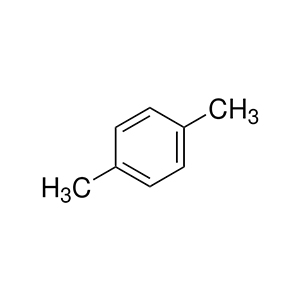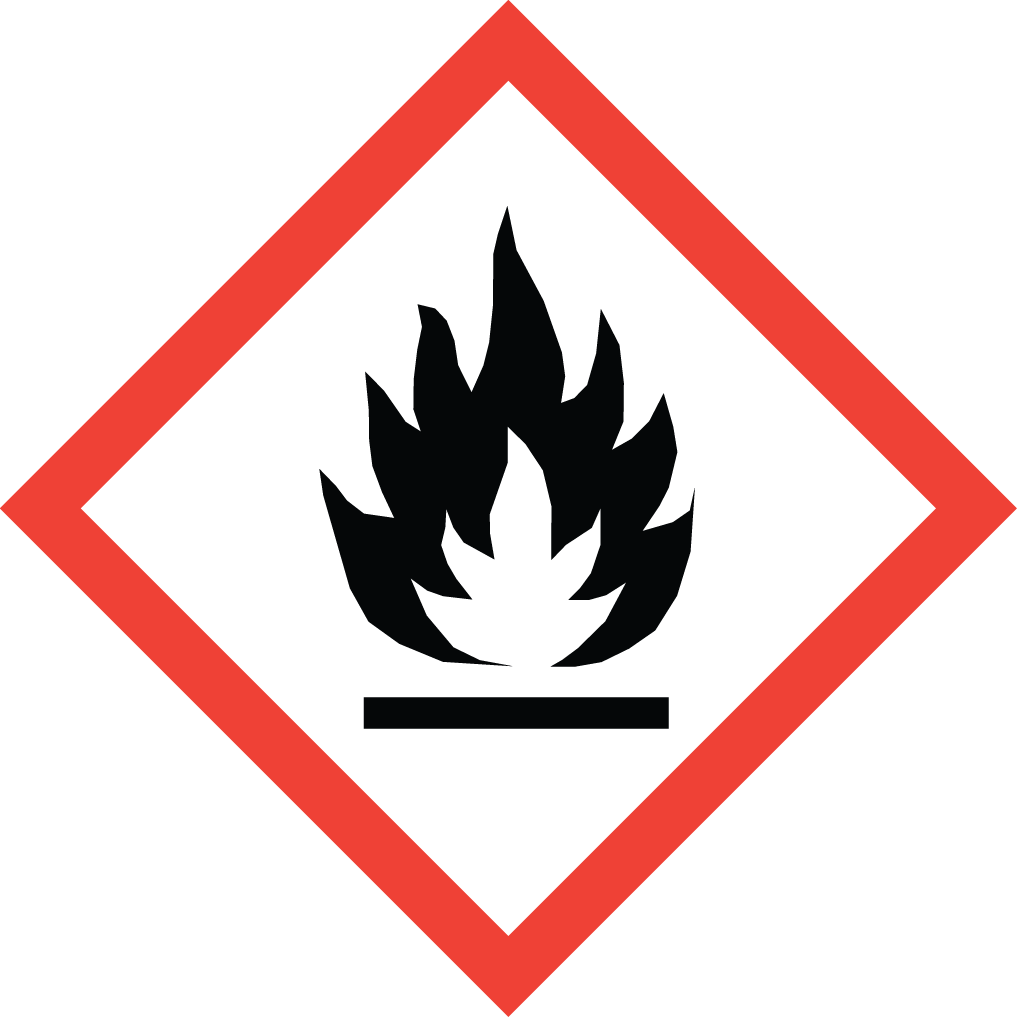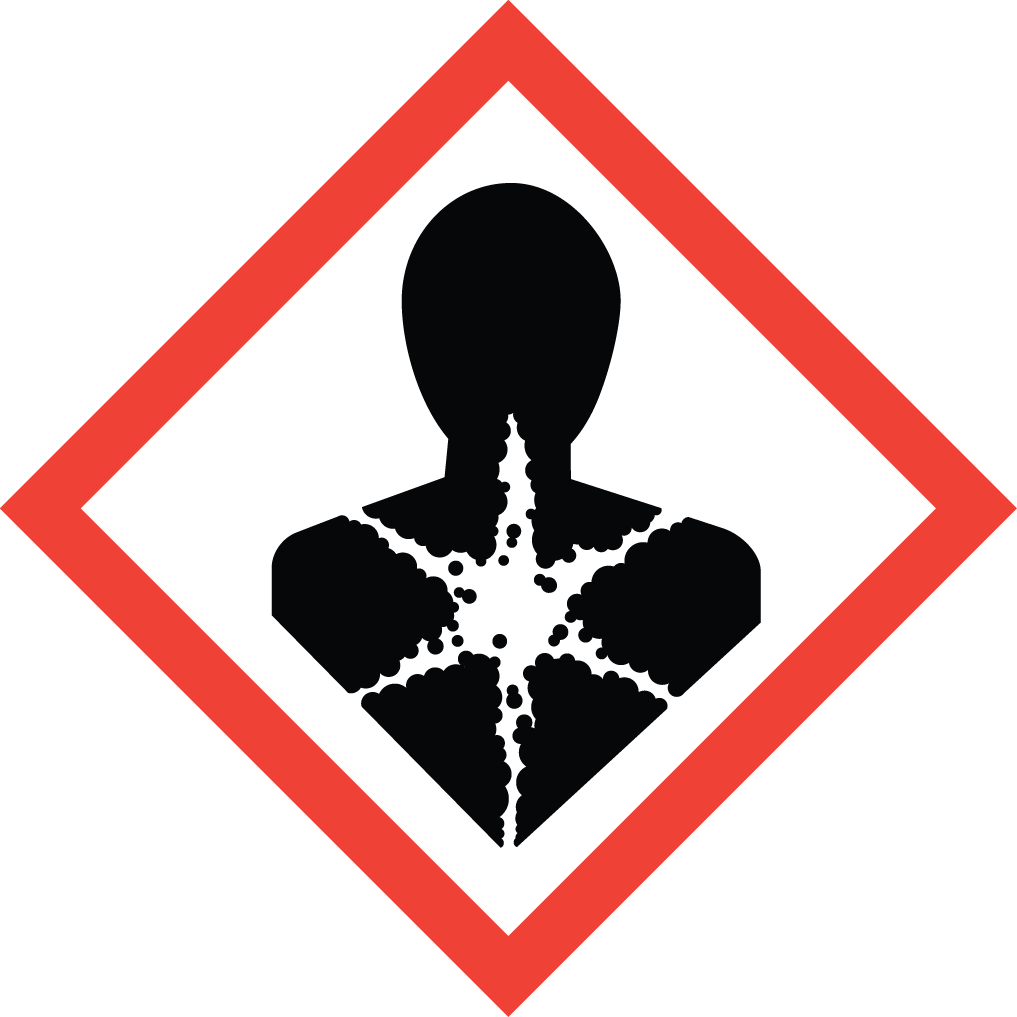Discover Aure Chemical's Premium p-Xylene Supply
Aure Chemical is a premier global supplier of p-Xylene, also known as Para-Xylene or 1,4-Dimethylbenzene. As a critically important aromatic hydrocarbon, our p-Xylene is produced to the highest purity standards, ensuring consistent quality and a reliable, large-volume supply for the global polyester industry and other key sectors.
Basic Information of p-Xylene
p-Xylene (CAS No. 106-42-3) is a colorless, clear liquid with a characteristic aromatic odor. It is one of the three xylene isomers and stands out due to the symmetrical positioning of its two methyl groups, which makes it uniquely suited as the primary feedstock for terephthalic acid derivatives.
| CAS No.: | 106-42-3 |
|---|
| EC No.: | 203-396-5 |
|---|
| Linear Formula: | C₈H₁₀ |
|---|
| Molecular Weight: | 106.17 |
|---|
| Appearance: | Transparent Liquid |
|---|
| Melting Point: | 12-13 °C (lit.) |
|---|
| Boiling point | 138 °C (lit.) |
|---|
| Density: | 0.861 g/mL at 20 °C (lit.) |
|---|
| RIDADR: | UN 1307 3/PG 3 |
|---|
| Chemical Structure: |  |
|---|
Key Applications of p-Xylene
p-Xylene's unique structure makes it an indispensable compound, primarily dominating the polyester value chain:
Terephthalic Acid (PTA) & Dimethyl Terephthalate (DMT) Production: This is the overwhelmingly largest application. p-Xylene is oxidized to produce PTA or esterified to DMT, both of which are key monomers for polyester.
Polyester Fibers & Films: PTA and DMT are used to manufacture polyethylene terephthalate (PET) polymers, which are then spun into polyester fibers for textiles and industrial applications, and cast into films for packaging and other uses.
PET Resins & Plastic Bottles: PET is widely used for producing lightweight, recyclable plastic bottles for beverages, as well as containers for food and other consumer goods.
Solvent: While its primary use is as a feedstock, p-Xylene can also serve as a solvent in specialized applications, similar to other xylene isomers.
Aure Chemical: Your Reliable p-Xylene Partner
Partnering with Aure Chemical for your p-Xylene supply means benefiting from:
Uncompromising Quality: We ensure ultra-high purity and reliable performance for every batch through robust quality assurance protocols.
Global Supply Chain: Our extensive logistics network guarantees efficient and secure supply in bulk of p-Xylene to your facilities worldwide, in full compliance with international dangerous goods regulations.
Commitment to Safety & Compliance: We adhere to the highest safety standards for the handling, storage, and transportation of this flammable liquid, providing complete Safety Data Sheets (SDS) and necessary dangerous goods documentation.
Dedicated Customer Support: Our knowledgeable team is always available to provide technical insights and assist with your ordering and logistical requirements.
Strategic Partnerships: We build long-term relationships to ensure a consistent and optimized supply for your continuous production needs.
Hazards Classification
GHS Classification: Flammable Liquid (GHS02), Health Hazard (GHS08), Environmental Hazard (GHS09)
Hazard Statements: Highly flammable liquid and vapor; harmful if inhaled; causes skin irritation; may cause drowsiness or dizziness; toxic to aquatic life with long lasting effects.
UN Number: UN 1307
Hazard Class: 3 (Flammable Liquids)
Packing Group: III
 GHS02: Flammable
GHS02: Flammable GHS08: Health hazard
GHS08: Health hazard GHS09: Environmental hazard
GHS09: Environmental hazard

